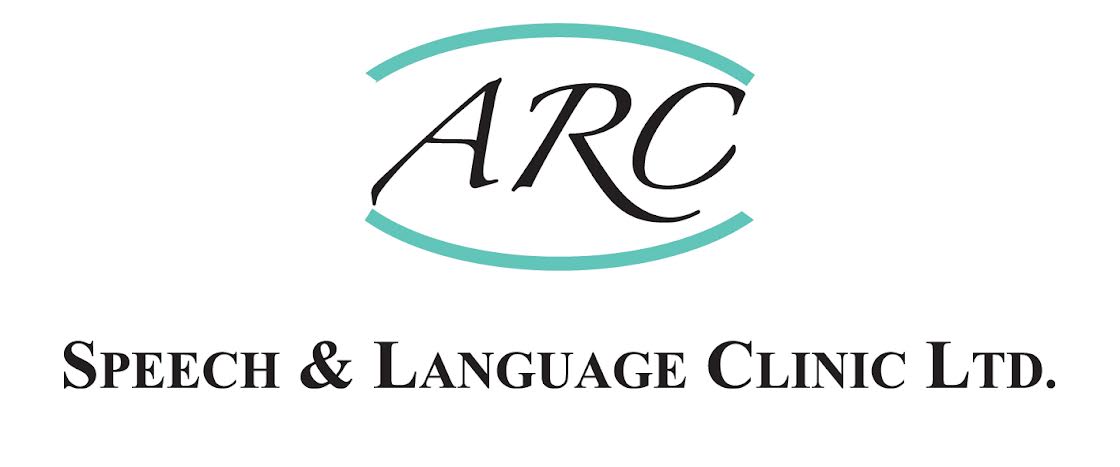The title learning disability is used to describe a limitation in intellectual functioning and in “adaptive behaviour” (everyday social and practical skills). It may be present to varying degrees from mild to profound. Learning disability can occur on its own or as part of a syndrome e.g. Down Syndrome.
The Impact of a Learning Difficulty
Individuals with a learning disability have a slower rate of development than others of the same age. Children with a learning disability acquire speech and language at a slower rate than children of their own age. Some children with learning disability may also have difficulty in manipulating the muscles of their tongue and lips to form the sounds necessary for clear speech.
The language learning of individuals with a learning disability can be enhanced by using specific techniques to help them to learn e.g. the “hanen” approach to early language. As the child spends the majority of time with their Parents and Teachers a collaborative approach is taken in speech and language therapy so that the child can benefit across many environments.
Approaches
Many children benefit from using signs e.g. Lámh signs to assist with language and communication development. www.lamh.org
Typically, the Speech and language therapist will work on some/all of the following areas with a child with a learning disability:
- Feeding- in the early stages
- Involving parents and carers as language facilitators
- Attention
- Language concepts and vocabulary
- Muscles of speech, e.g jaw, tongue, lips
- Speech sounds
- Alternative methods of communication e.g.sign
- Expressive language /using words and sentences to communicate
All of this work is conducted in a child centred way to facilitate the best possible outcome.
Early intervention has been shown to be crucial in learning disability, so children should be seen for assessment and advice at an early stage.
